
views
X
Research source
This can be a scary thing to worry about when traveling, but taking a few precautions when eating, drinking, and getting clean can greatly reduce your risks. You can also get a typhoid vaccine before you go, but vaccines are around 60-80% effective and thus will not absolutely prevent the disease.
Eating and Drinking Safely

Stick to bottled or boiled water. Bottle water is more likely to have been purified, treated, and handled safely. If you can’t get bottled water, you can boil tap water to kill the germs that cause typhoid fever. You should bring water to a full rolling boil for at least one minute. If you have an option, choose carbonated bottled water, since it is even safer than still water. Stay away from water fountains, taps, and wells, as well.

Avoid ice and products made with frozen water. You can’t know if the water making ice or products like popsicles was bottled or treated properly. To reduce the risk of getting sick, just ask for drinks without ice, and stay away from frozen treats.
Drink only pasteurized milk. Not all countries require milk to be pasteurized, and unpasteurized milk can spread the disease. Be sure to drink only pasteurized milk when you are travelling to high-risk areas. If you are unsure if milk in restaurants has been pasteurized, ask your server or the chef.
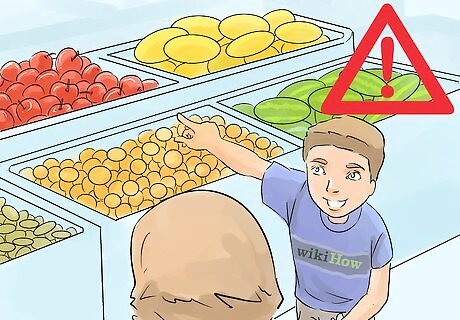
Stay away from fresh foods unless you can peel or wash them. Vegetables and fruits can transmit the germs causing typhoid fever if they were washed in contaminated water or fertilized with human waste. If you can peel the fresh foods, do so, but don’t eat the peels. You can also wash some foods. If you chose to peel or wash, do it yourself and wash your hands first. Some foods, like lettuce are difficult to wash properly and should be avoided entirely. Additionally, you should avoid fresh-squeezed juices unless you know exactly how the food was washed and prepared.
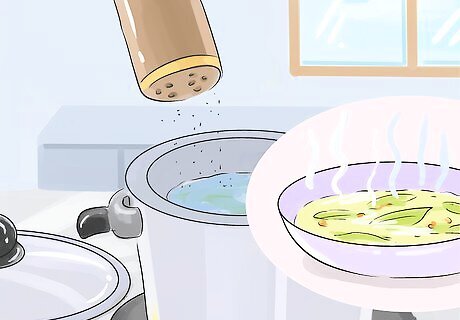
Eat only hot, cooked prepared foods. Any food that comes to you prepared should have been thoroughly cooked, and it should still be steaming hot. Prepared food that has not been cooked or has been allowed to cool is risky.
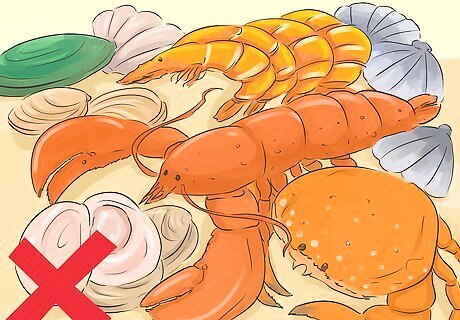
Pass on shellfish. Shrimp, lobsters, crabs, mussels, oysters, and other shellfish may have come from contaminated waters. It’s best to entirely avoid them in order to reduce your risk of contracting typhoid fever.

Don’t eat street food. Vendors selling street food may not take the same precautions in preparing and serving their dishes. Street foods may also be stored in questionable ways. To reduce your risk of typhoid, play it safe and don’t buy food from street vendors.
Practicing Good Hygiene
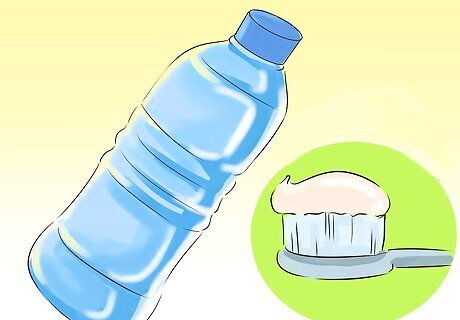
Use bottled water to brush your teeth. Typhoid bacteria can even pass from tap water to your body from simple activities like brushing your teeth. Rinse your toothbrush and mouth with bottled water to avoid contracting the disease in this way.

Take care not to swallow any water in the shower. It’s safe to clean yourself in water that might be too risky to drink. However, you should still make sure not to accidentally swallow any of it. Be sure to tell children not to play in risky water for this same reason.
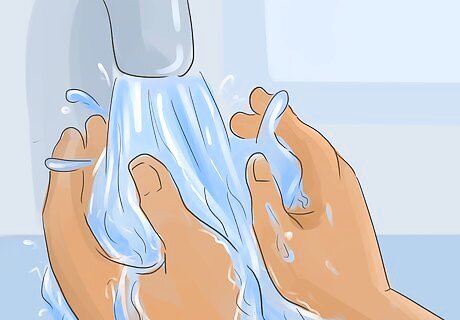
Wash your hands frequently. Use warm water and soap. Liberal use of hand sanitizer is also a good idea. These simple methods will help prevent accidentally passing typhoid bacteria from contaminated surfaces, food, or water to your body. Avoid touching your eyes, nose, or mouth with unclean hands. If you need to touch any of these, be sure to wash your hands before you do so.
Avoid close contact with sick individuals. Typhoid transmits through contact, so try to avoid close contact with infected individuals. In particular, avoid activities such as kissing, hugging, and sharing utensils or cups with anyone showing symptoms of the illness.
Getting Vaccinated
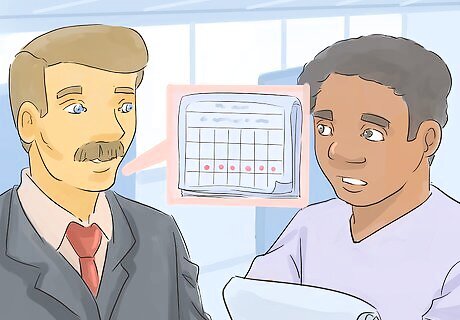
Let your doctor know when and where you will be traveling. Typhoid fever is mostly a problem in the developing world, meaning most places outside of the United States, Canada, western Europe, Australia, and Japan. Let your doctor know your travel plans, and they can advise you about whether or not to get the typhoid vaccine, and when, if you need it.
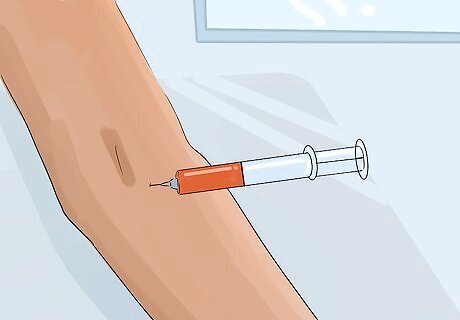
Get a typhoid fever shot. Your doctor may advise you to get a vaccine in the form of a shot of dead typhoid bacteria. One dose is sufficient, but you should get it at least two weeks before you travel to give it time to work. Get a booster shot every two years.
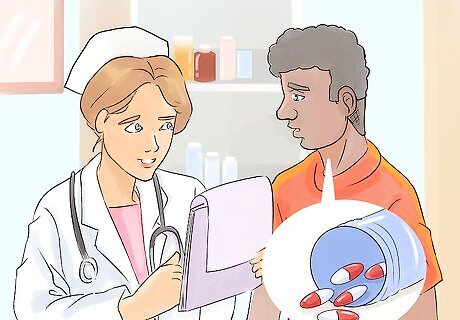
Take a typhoid capsule. Your doctor may also suggest that the capsule form of the vaccine is better for you than the shot. It contains live but weakened typhoid bacteria to help your body develop immunity. You should take one dose every other day for a week for a total of 4 doses. The last dose should be taken at least a week before you travel. Most likely, your doctor will tell you to swallow the pill (don’t chew it), and to take it one hour before a meal, with a cold or room temperature drink. You can get a booster of this form of the vaccine every five years.
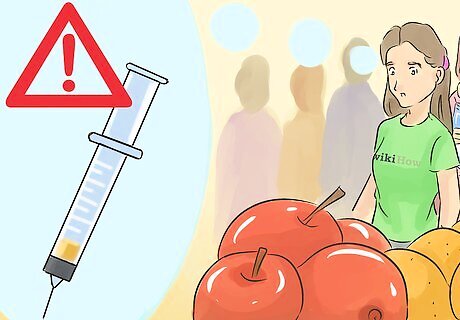
Recognize that the vaccine is not enough to prevent typhoid fever. Either form of the vaccine will reduce your risk of contracting the disease, but neither can prevent it 100%. Even after getting a vaccine, you should still avoid risky foods and drinks in order to prevent typhoid fever.
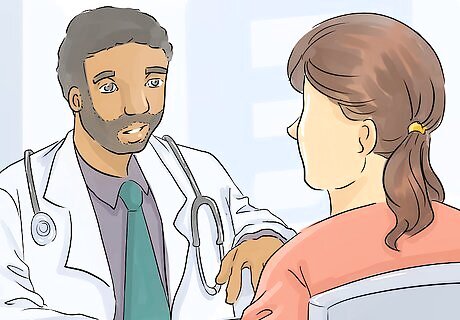
Ask your doctor for advice about at-risk groups. Young children, people with a history of bad reactions to vaccines, with active illnesses, or with compromised immune systems should probably not get the typhoid vaccine. If you or someone you are caring for fall into one of these groups, ask your doctor if the vaccine is a good idea, and if not, how to best avoid the illness when traveling.




















Comments
0 comment